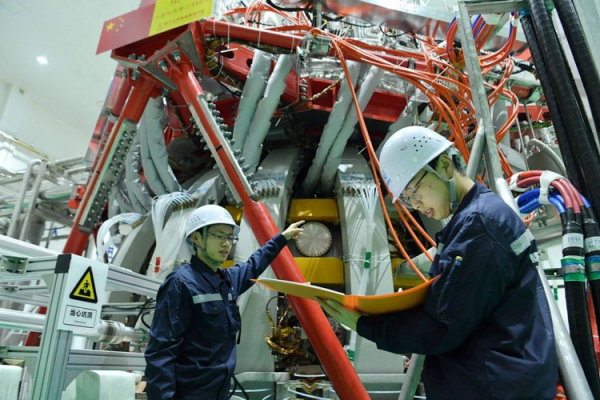The HL-2M Tokamak experimental thermonuclear reactor will become a new, more advanced testing ground for studying the course of thermonuclear reactions. The magnetically active plasma heated to ultra-high temperatures inside the reactor is held back by a magnetic field. According to scientists, the HL-2M reactor can hold plasma for up to 10 seconds.
Studying the processes in the laboratory will help bring the development of the facility to an experimental reactor, which will begin building in China next year, and to an industrial prototype, which is planned to be built by 2035. China expects to carry out the transition to full-scale exploitation of thermonuclear energy by 2050.
Also, the work of the HL-2M Tokamak reactor can help in the development of the International Thermonuclear Experimental Reactor project, within which a thermonuclear reactor is being built in the south of France with the participation of leading countries, including Russia, China, the USA, Japan and others. Like the HL-2M Tokamak, the ITER reactor will heat hydrogen isotopes to 150 million ° C. Since the ITER reactor will be operational between 2023 and 2025, experiments at China's HL-2M reactor could help bring the project to fruition. We are waiting for interesting results!

